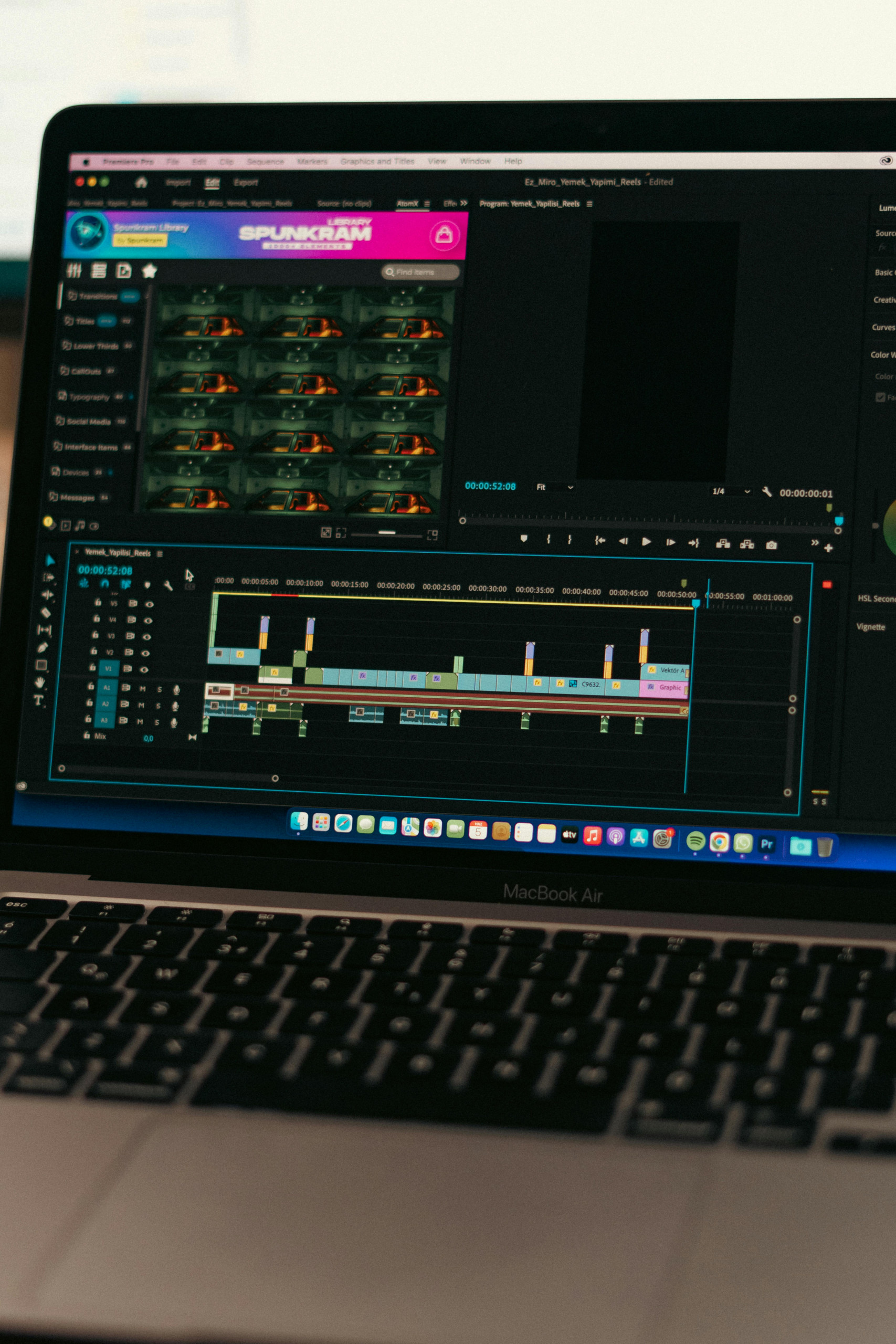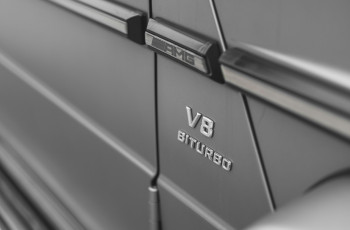In this article, you will discover a comprehensive analysis of the different battery technologies employed in cordless die grinders. With the increasing popularity of cordless power tools, it is essential to understand the advantages and limitations of various battery options available in the market. From lithium-ion to nickel-cadmium, each technology offers unique characteristics that can impact the performance, runtime, and overall user experience. By exploring the pros and cons of these battery technologies, you will be equipped with the knowledge to make an informed decision when choosing the ideal cordless die grinder for your needs. Let’s explore the world of battery technologies together and unlock the full potential of your power tools.

Introduction to Cordless Die Grinders
Cordless die grinders are versatile power tools that are commonly used in various industries for grinding, polishing, cutting, and shaping materials. Unlike their corded counterparts, cordless die grinders operate on batteries, providing users with freedom of movement and eliminating the need for a power outlet. In this article, we will explore the definition and purpose of cordless die grinders, their advantages, and the importance of battery technology in these tools.
Definition and Purpose of Cordless Die Grinders
Cordless die grinders are handheld power tools that feature a rotating abrasive disc or wheel. They are typically used in applications that require precision and control, such as metalworking, woodworking, and automotive industries. The compact size of cordless die grinders allows for easy maneuverability in tight spaces, making them an essential tool for professionals and DIY enthusiasts.
Advantages of Using Cordless Die Grinders
Using cordless die grinders offers several advantages over their corded counterparts. Firstly, the absence of a cord provides greater mobility and flexibility, enabling you to work seamlessly without being limited by the length of the cord. This freedom of movement is particularly beneficial when working on large projects or in areas with limited access to power outlets.
Secondly, cordless die grinders are generally more lightweight and ergonomic, reducing the strain on your hand and arm during extended use. This ergonomic design contributes to increased comfort and reduced fatigue, allowing you to work for longer periods without compromising on performance.
Thirdly, cordless die grinders are generally quieter compared to corded ones, making them ideal for working in noise-sensitive environments or residential areas where noise restrictions may apply. The reduced noise level not only benefits the user but also creates a more conducive working environment.
Lastly, cordless die grinders are easy to maintain and require minimal setup. With no cords to manage or tangle, you can quickly start working without the hassle of untangling or organizing the cord. This saves valuable time and enhances efficiency, especially when working on time-sensitive projects.
Importance of Battery Technology in Cordless Die Grinders
The heart of a cordless die grinder lies in its battery technology. The battery powers the motor, enabling the grinder to generate the necessary torque and RPM (rotations per minute) for various tasks. The type of battery used in a cordless die grinder significantly impacts its performance, runtime, and overall usability.
Battery technology plays a vital role in determining the energy density, weight, portability, charging time, efficiency, cycle life, durability, environmental impact, and cost of cordless die grinders. Understanding the different battery technologies available in the market will help you make an informed decision when choosing a cordless die grinder that fits your specific needs and preferences.
Types of Battery Technologies
There are several types of battery technologies commonly used in cordless power tools, including cordless die grinders. Let’s explore each of these technologies and their characteristics:
Lithium-ion (Li-ion) Batteries
Li-ion batteries are widely regarded as the most advanced and popular choice for cordless power tools, including cordless die grinders. They offer a high energy density, making them capable of providing ample power and runtime for demanding applications.
Li-ion batteries are lightweight and compact, contributing to the overall portability of the cordless die grinder. Their relatively low self-discharge rate ensures that the battery retains its charge even when not in use for extended periods.
One of the significant advantages of Li-ion batteries is their absence of the memory effect, allowing users to recharge them at any time without negatively affecting their performance or capacity. Additionally, Li-ion batteries have a long cycle life, meaning they can be recharged and used for a significant number of cycles before needing replacement.
Nickel-Cadmium (Ni-Cd) Batteries
Ni-Cd batteries were once the go-to choice for cordless power tools, including cordless die grinders. However, with the advancements in battery technology, they have become less popular due to some drawbacks. Ni-Cd batteries have a lower energy density compared to Li-ion batteries, resulting in shorter runtime and less power output.
These batteries are also heavier and bulkier, making the cordless die grinder less ergonomic and more cumbersome to handle. Ni-Cd batteries are prone to the memory effect, meaning they gradually lose their maximum capacity if not fully discharged before recharging. This memory effect can significantly impact the overall performance and capacity of the cordless die grinder.
Nickel-Metal Hydride (Ni-MH) Batteries
Ni-MH batteries are an improvement over Ni-Cd batteries in terms of energy density and memory effect. They provide a higher energy density than Ni-Cd batteries, resulting in slightly longer runtime and improved power output.
Ni-MH batteries are also considered more environmentally friendly due to the absence of toxic cadmium, which is present in Ni-Cd batteries. However, they still exhibit some memory effect, although to a lesser extent than Ni-Cd batteries.
Brushless DC (BLDC) Motors
While not a battery technology per se, the motor type used in cordless die grinders is an important factor to consider. Brushless DC (BLDC) motors are gaining popularity in cordless power tools due to their efficiency and extended lifespan.
BLDC motors do not rely on brushes for commutation, resulting in reduced wear and friction. This translates to improved energy efficiency, longer runtime, and increased durability of the cordless die grinder. BLDC motors are also typically quieter and generate less heat during operation, contributing to a better user experience.

Comparison of Battery Technologies in Cordless Die Grinders
When choosing a cordless die grinder, it is crucial to consider the battery technology used, as it directly impacts the tool’s performance and usability. Let’s compare the different battery technologies based on various factors:
Energy Density
Energy density refers to the amount of energy a battery can store per unit of weight or volume. Higher energy density means a higher capacity, which translates to longer runtime and more power output. In this aspect, Li-ion batteries have the highest energy density, followed by Ni-MH batteries and Ni-Cd batteries.
Li-ion batteries outperform both Ni-MH and Ni-Cd batteries in terms of overall power and runtime, making them the preferred choice for demanding applications where sustained performance is required.
Weight and Portability
The weight of a cordless die grinder directly affects its usability and user comfort. Li-ion batteries are the lightest among the three battery technologies mentioned, followed by Ni-MH batteries and Ni-Cd batteries. The lighter weight of Li-ion batteries contributes to the overall portability and ease of handling the cordless die grinder.
Ni-Cd batteries, being the heaviest, can make the tool feel bulkier and more tiring to use over extended periods. Ni-MH batteries strike a balance between weight and performance, offering a moderate improvement over Ni-Cd batteries.
Charging Time and Efficiency
Charging time and efficiency are important considerations, especially when time is a constraint, or you have multiple projects to tackle. Li-ion batteries offer the fastest charging time among the three battery technologies, allowing you to get back to work quickly.
They also have a higher charging efficiency, meaning a greater percentage of the energy from the power source is effectively stored in the battery. Ni-Cd batteries have a relatively slower charging time, and their efficiency may decrease over time due to the memory effect. Ni-MH batteries fall somewhere in between the two, with a moderate charging time and efficiency.
Battery Memory Effect
The memory effect is a phenomenon observed in certain battery chemistries, notably Ni-Cd batteries, where the battery “remembers” the capacity to which it was previously discharged. This memory effect can cause a decrease in capacity over time if the battery is not fully discharged before recharging.
Li-ion batteries are free from the memory effect, allowing you to charge them at any time without compromising their capacity or performance. While Ni-MH batteries also exhibit some memory effect, it is much less prominent compared to Ni-Cd batteries.
Cycle Life and Durability
Cycle life refers to the number of charge and discharge cycles a battery can undergo before its capacity significantly deteriorates. Li-ion batteries generally offer the longest cycle life, followed by Ni-MH batteries and Ni-Cd batteries. This means that Li-ion batteries can be recharged and used for a more extended period before needing replacement.
Durability is another important aspect when considering which battery technology to choose. Li-ion batteries, with their superior cycle life and the absence of the memory effect, tend to last longer and require fewer replacements over time. Ni-MH batteries offer moderate durability, while Ni-Cd batteries tend to have a shorter lifespan due to the memory effect and other factors.
Environmental Impact
Environmental concerns play a significant role in today’s society, and choosing a battery technology with a lower environmental impact is important. Li-ion batteries are considered more environmentally friendly compared to Ni-Cd batteries due to the absence of toxic cadmium. Ni-MH batteries also offer a lesser impact on the environment compared to Ni-Cd batteries.
Proper disposal and recycling options should be considered for all battery technologies to minimize their environmental impact. Many manufacturers and recycling centers provide facilities for battery recycling, making it easier for users to dispose of their used batteries responsibly.
Cost
The cost of cordless die grinders can vary based on the battery technology used. Li-ion-powered cordless die grinders are generally more expensive compared to those using Ni-Cd or Ni-MH batteries. However, considering the superior performance, longer runtime, and durability of Li-ion batteries, they often provide better value for money in the long run.
Ni-Cd and Ni-MH batteries are more affordable initially, but their lower energy density, shorter runtime, and reduced durability may require more frequent battery replacements, leading to higher long-term costs.
In conclusion, cordless die grinders offer a range of advantages over their corded counterparts, including greater mobility, enhanced comfort, and ease of use. Battery technology plays a crucial role in determining the performance, runtime, and overall usability of cordless die grinders. Li-ion batteries emerge as the preferred choice due to their high energy density, lightweight design, fast charging time, lack of memory effect, long cycle life, and reduced environmental impact. While Ni-MH batteries and Ni-Cd batteries present alternative options, they may not offer the same level of performance and durability as Li-ion batteries. When choosing a cordless die grinder, considering the specific requirements of your projects and weighing the factors discussed will help you make an informed decision and ensure the best value for your investment.




